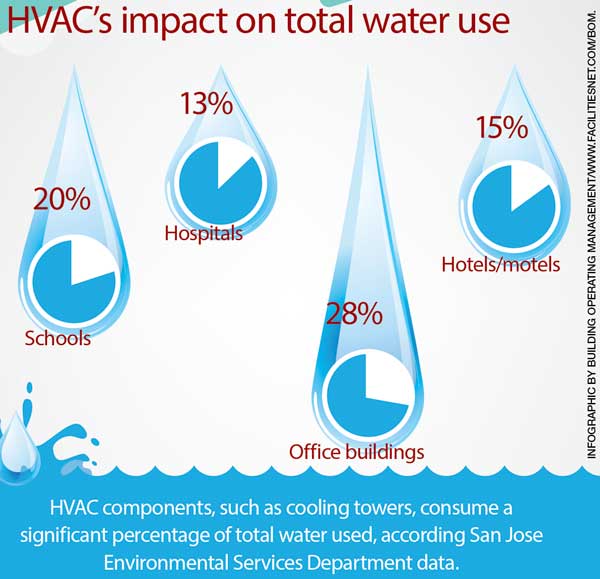The Ultimate Guide To Comprehending Heat Pumps - Just How Do They Function?
The Ultimate Guide To Comprehending Heat Pumps - Just How Do They Function?
Blog Article
Authored By-Steenberg Bland
The most effective heatpump can save you considerable quantities of cash on energy expenses. They can also help in reducing greenhouse gas emissions, particularly if you utilize electrical power in place of fossil fuels like lp and heating oil or electric-resistance furnaces.
Heatpump function quite the like ac system do. https://martinoeebo.dm-blog.com/29402896/heat-pump-vs-heating-system-which-is-the-better-heating-choice-for-your-home makes them a feasible alternative to standard electrical home heating systems.
Exactly how They Function
Heat pumps cool down homes in the summer season and, with a little help from electrical power or natural gas, they provide several of your home's home heating in the wintertime. They're a good option for people that want to lower their use fossil fuels yet aren't ready to replace their existing heating system and cooling system.
They rely upon the physical fact that also in air that appears too cold, there's still energy existing: warm air is always moving, and it intends to relocate into cooler, lower-pressure environments like your home.
Most ENERGY celebrity accredited heat pumps operate at close to their heating or cooling capability throughout the majority of the year, minimizing on/off biking and conserving power. For the best efficiency, concentrate on systems with a high SEER and HSPF rating.
The Compressor
The heart of the heat pump is the compressor, which is additionally called an air compressor. This mechanical streaming gadget makes use of potential energy from power creation to boost the stress of a gas by decreasing its quantity. It is different from a pump in that it just works with gases and can't deal with liquids, as pumps do.
Climatic air goes into the compressor via an inlet valve. It circumnavigates vane-mounted arms with self-adjusting size that divide the inside of the compressor, creating numerous tooth cavities of varying dimension. The blades's spin pressures these tooth cavities to move in and out of stage with each other, pressing the air.
The compressor pulls in the low-temperature, high-pressure cooling agent vapor from the evaporator and compresses it right into the hot, pressurized state of a gas. This process is repeated as required to provide home heating or cooling as needed. The compressor likewise contains a desuperheater coil that reuses the waste warm and adds superheat to the refrigerant, altering it from its liquid to vapor state.
The Evaporator
The evaporator in heatpump does the same thing as it carries out in fridges and a/c, changing liquid refrigerant into an aeriform vapor that eliminates heat from the space. Heatpump systems would not work without this crucial piece of equipment.
This part of the system lies inside your home or structure in an interior air handler, which can be either a ducted or ductless unit. It includes an evaporator coil and the compressor that compresses the low-pressure vapor from the evaporator to high pressure gas.
wall mounted heat pump take in ambient warm from the air, and then use electrical energy to move that warmth to a home or company in heating mode. That makes them a whole lot a lot more power effective than electrical heaters or heaters, and due to the fact that they're utilizing tidy power from the grid (and not burning gas), they additionally generate far less discharges. That's why heat pumps are such fantastic ecological options. (And also a big reason why they're ending up being so prominent.).
The Thermostat.
Heat pumps are great options for homes in cold climates, and you can utilize them in combination with conventional duct-based systems and even go ductless. They're a great alternate to fossil fuel heating unit or standard electric heaters, and they're a lot more sustainable than oil, gas or nuclear a/c devices.
Your thermostat is the most essential element of your heatpump system, and it functions very differently than a conventional thermostat. All mechanical thermostats (all non-electronic ones) work by utilizing materials that transform size with enhancing temperature, like curled bimetallic strips or the expanding wax in an automobile radiator valve.
These strips include 2 various sorts of metal, and they're bolted with each other to create a bridge that finishes an electrical circuit attached to your HVAC system. As the strip obtains warmer, one side of the bridge broadens faster than the various other, which causes it to flex and indicate that the heater is needed. When the heatpump remains in heating mode, the turning around valve turns around the circulation of refrigerant, so that the outside coil now works as an evaporator and the indoor cyndrical tube ends up being a condenser.